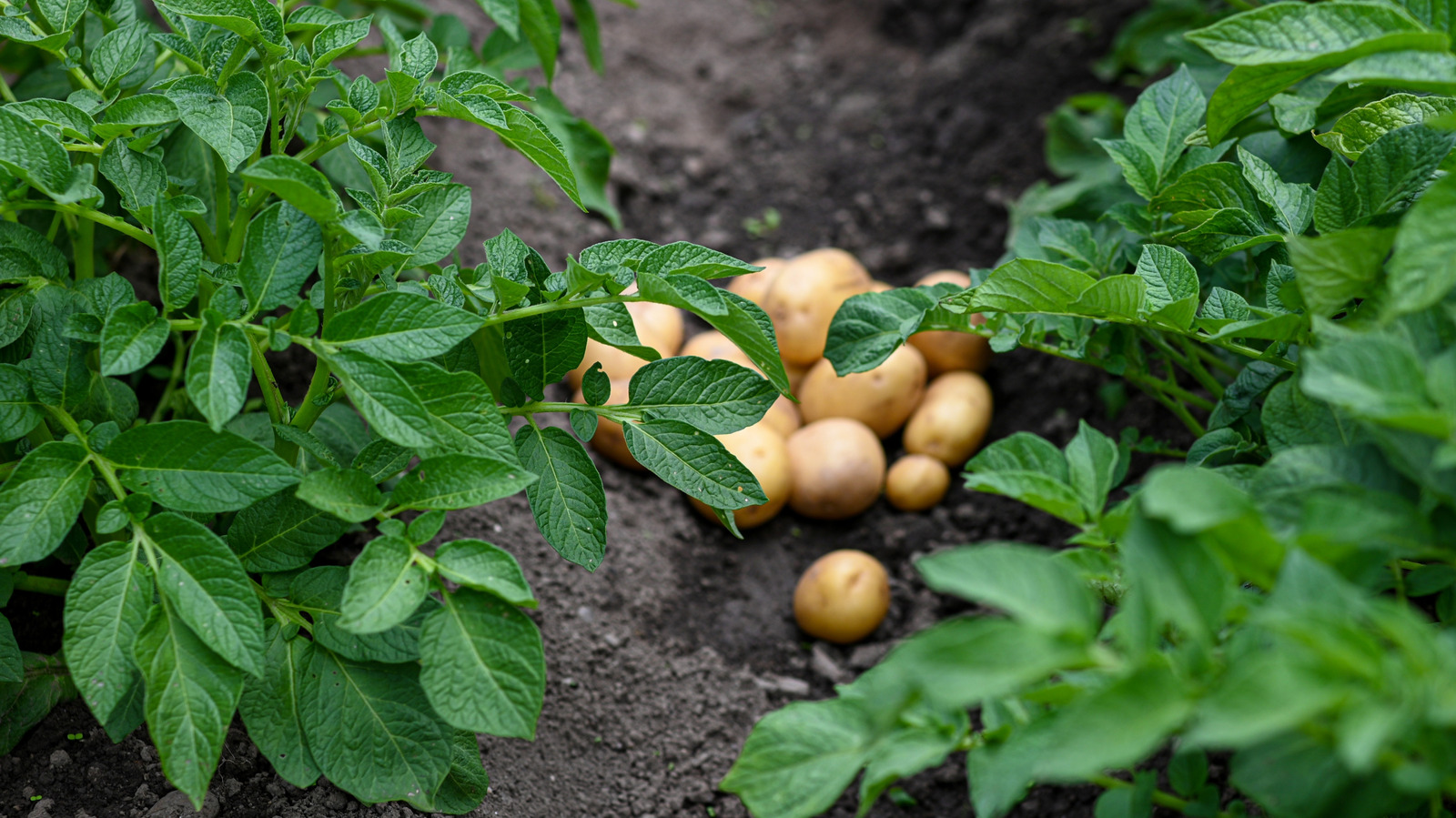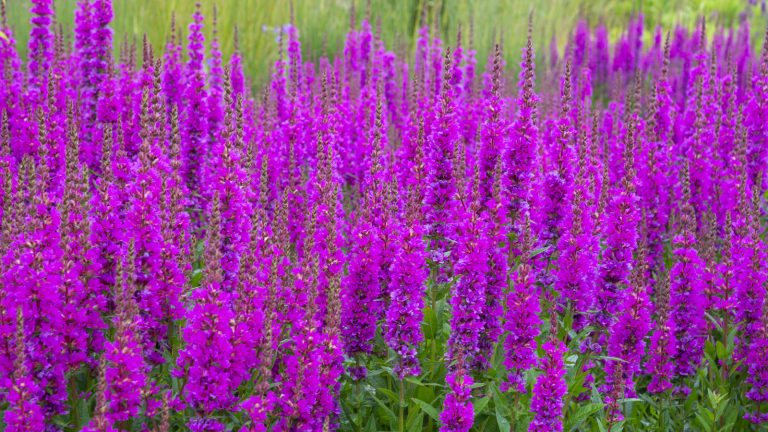
Potatoes are a straightforward crop to cultivate in your garden, requiring minimal additional care beyond regular watering and soil hilling to enhance your yield. If you’re new to growing potatoes, you may want some guidance on starting your seed potatoes. When selecting companion plants for your tubers, consider that they will be unearthed at the season’s end, potentially disturbing the roots of nearby plants. Despite this, companion planting can provide several advantages, so choosing the right partners is vital for optimal growth.
Although scientific evidence on the efficacy of companion planting is limited, Onions Australia consulted Melanie Rekola, a landscape designer, horticulturist, and outdoor living enthusiast, for her insights on selecting the best companion plants for potatoes. “Companion planting is an exciting topic,” Rekola noted. “Biodiversity generally enhances a garden’s health and resilience, and certain planting combinations can boost yields, protect against pests, and even improve flavors!” Ideal companion species often include aromatic herbs, beneficial vegetable crops, and flowers. To simplify the selection process, Rekola suggested that “If companion planting seems overwhelming, you can incorporate generally beneficial flowering plants that add beauty, repel pests, and attract pollinators. Echinacea, Monarda, and Yarrow fall into this category and offer medicinal benefits as well.”
Herbs as Companion Plants for Potatoes
Experienced gardeners have long used herbs as companions for various vegetables. Their strong aromas often deter pests, protecting your crops before harvest time. Flowering herbs can also attract beneficial insects, like pollinators, which aid in increasing harvest size and quality.
To determine which herbs pair well with potatoes, Onions Australia again consulted Melanie Rekola. “Herbs that are great companions for potatoes include cilantro, which protects against aphids and spider mites, Calendula, which repels potato beetles, and any Allium family members like chives and garlic,” Rekola explained. “Alliums generally help a vegetable garden by deterring a range of flying and crawling pests.” Edible herbs, as Rekola suggests, are highly beneficial in promoting potato health and pest resistance. Fortunately, there are many other companion herbs to protect potato plants.
Other Useful Companion Plants to Consider
While herbs are popular companions, other plants can also thrive alongside your potatoes. However, just as there are beneficial companions, some species do not grow well together. For her perspective, Onions Australia spoke with Melanie Rekola. “Companion plants for potatoes don’t have to be herbs,” she stated. “For example, peas and beans are excellent potato companions as they fix nitrogen in the soil, naturally fertilizing the potatoes. However, avoid planting carrots, asparagus, or brassicas near potatoes, as they can be detrimental.”
Another key consideration is crop rotation to prevent issues with future harvests. “When planning a veggie garden, whether using companion plants or not, it’s crucial to rotate planting sites – don’t plant potatoes or any other vegetable in the same location annually,” Rekola advised. “Each plant absorbs different soil nutrients, so rotating crops gives the best chance for high yields.” Now that you understand how to select the right companion plants for your potatoes, you may also want to learn about the best practices for fertilizing growing potatoes.






